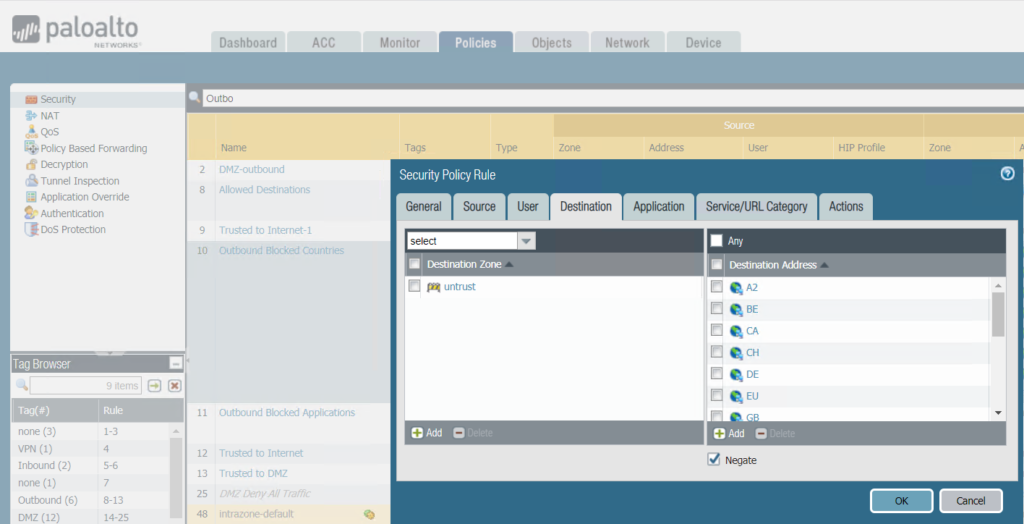- Access QNAP by type its’ IP address in an Internet Browser, for example https://10.0.0178.
- After login QNAP, click on Control Panel.
- In Control Panel, click Notification Center under on System.
- In Notification Center, click on Service Account and Device pairing.
- Click on Add SMTP Service to add a new SMTP service or click Edit icon to modify the current settings.
- If you use Office 365, you may have 3 options.
Option 1: Authenticate your device or application directly with a Microsoft 365 and send mail using SMTP AUTH client submission
| Device or Application setting | Value |
|---|---|
| Server/smart host | smtp.office365.com |
| Port | Port 587 (recommended) or port 25 |
| TLS/StartTLS | Enabled |
| Username/email address and password | Enter the sign in credentials of the hosted mailbox being used |
Note 1: This option is not compatible with Microsoft Security Defaults or multi-factor authentication (MFA)
Note 2: If your device recommends or defaults to port 465, it does not support SMTP AUTH client submission.
Option 2: Direct send. Quoted from Microsoft
Settings for direct send
Enter the following settings on the device or in the application directly.
| Device or application setting | Value |
|---|---|
| Server/smart host | Your MX endpoint, for example, contoso-com.mail.protection.outlook.com |
| Port | Port 25 |
| TLS/StartTLS | Enabled |
| Email address | Any email address for one of your Microsoft 365 or Office 365 accepted domains. This email address does not need to have a mailbox. |
We recommend adding an SPF record to avoid having messages flagged as spam. If you are sending from a static IP address, add it to your SPF record in your domain registrar’s DNS settings as follows:
| DNS entry | Value |
|---|---|
| SPF | v=spf1 ip4:<Static IP Address> include:spf.protection.outlook.com ~all |
Option 3: Configure a connector to send mail using Microsoft 365 or Office 365 SMTP relay. Quoted from Microsoft:
Settings for Microsoft 365 or Office 365 SMTP relay
| Device or application setting | Value |
|---|---|
| Server/smart host | Your MX endpoint, e.g. yourdomain-com.mail.protection.outlook.com |
| Port | Port 25 |
| TLS/StartTLS | Enabled |
| Email address | Any email address in one of your Microsoft 365 or Office 365 verified domains. This email address does not need a mailbox. |
Please refer to Microsoft “How to set up a multifunction device or application to send email using Microsoft 365 or Office 365”
7. To setup Recipient account, click System Notification Rules on the left.
8. In the Edit Rule for Event Notifications, enter Recipient info.
9. You can test it by click on the envelop.
10. Click on Confirm to save the settings .
Please view this step by step video:


